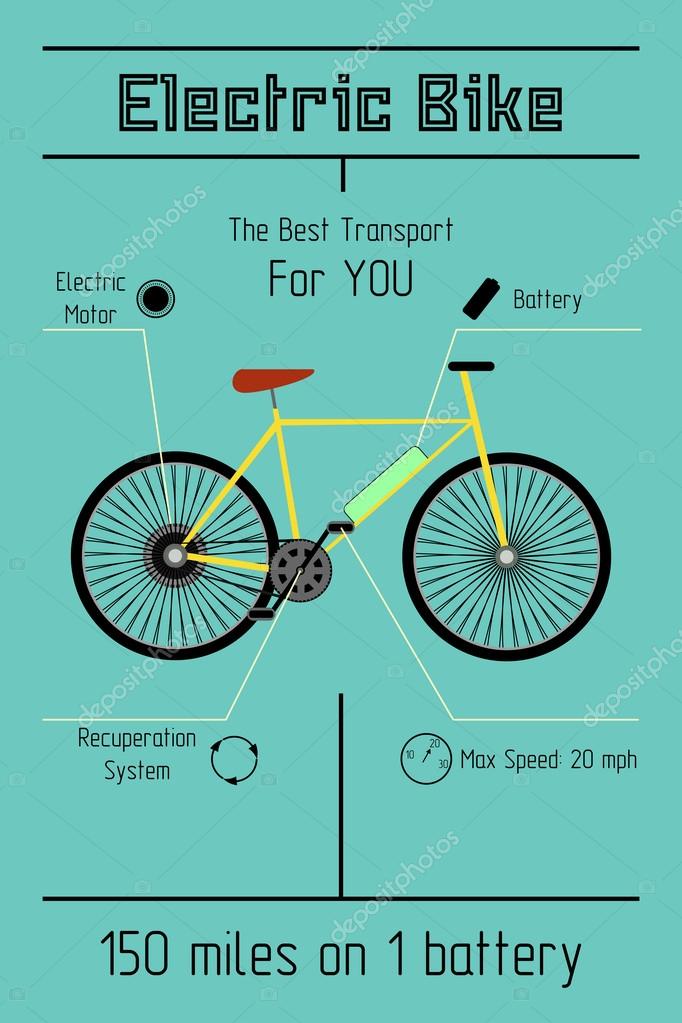Gain Knowledge Of Local Laws To Ride Your E-Bike Securely And In Conformity With Guidelines
Gain Knowledge Of Local Laws To Ride Your E-Bike Securely And In Conformity With Guidelines
Blog Article
Article Writer-Lynch Salomonsen
Prior to you hop on your e-bike and struck the streets, it's crucial to understand the regulations and regulations that regulate your city. From https://fat-tire-ebike-1000w99988.digitollblog.com/32013651/the-benefits-of-travelling-with-an-e-bike-real-stories-from-users to assigned riding locations, there's a lot to think about to ensure you're compliant and safe. By acquainting on your own with the guidelines certain to e-bikes, you'll be better equipped to enjoy your adventures without any unanticipated legal concerns. Keep tuned to discover vital insights that will certainly help you navigate the e-bike landscape in your city perfectly.
Comprehending E-Bike Classification
When it involves browsing the realm of e-bike regulations and laws, a critical starting factor is understanding the classification system that categorizes these electrical bicycles. E-bikes are generally categorized into three primary groups: Class 1, Course 2, and Class 3.
Course 1 e-bikes are pedal-assist just, indicating they supply help while the biker is pedaling and have a maximum speed of 20 miles per hour. These bikes are allowed locations where traditional bikes are permitted.
Class 2 e-bikes are outfitted with a throttle that can thrust the bike without pedaling. They likewise have a maximum speed of 20 mph and are suitable for cyclists that may need assistance without pedaling continuously.
Class 3 e-bikes are similar to Course 1 however with a greater maximum speed of 28 miles per hour. https://fat-tire-ebikes-deals55431.blogoxo.com/32352037/tips-for-extending-the-battery-life-of-your-e-bike-practical-recommendations are typically restricted from specific bike paths or tracks because of their higher rates.
Understanding these classifications is important for adhering to regional regulations and making sure a safe and satisfying e-biking experience.
Navigating Rate Limits and Constraints
To effectively browse e-bike regulations and guidelines, it's vital to understand the speed limitations and constraints that apply to various courses of electric bicycles.
Speed limits for e-bikes differ depending upon the classification of the bike. Class 1 e-bikes, which are pedal-assist just and have a maximum speed of 20 miles per hour, are commonly allowed on bike lanes and courses.
Course 2 e-bikes, which have a throttle in addition to pedal-assist and also get to speeds of approximately 20 mph, might be restricted in specific areas where motorized vehicles aren't allowed.
Class 3 e-bikes, with pedal-assist up to 28 miles per hour, are normally needed to adhere to the very same rules as conventional bikes.
It is necessary to stick to these rate limits and constraints to ensure your safety and security and the security of others on the road. Before riding your e-bike, familiarize yourself with the specific policies in your city to stay clear of any prospective penalties or legal concerns.
Where to Experience Your E-Bike
To identify where you can ride your e-bike, it's important to recognize the guidelines and guidelines certain to your place. In many areas, e-bikes are generally permitted on roads and roads where typical bicycles are permitted. This might consist of bike lanes, bike courses, and shared roads. Nonetheless, https://www.forbes.com/sites/billroberson/2021/05/25/aventons-aventure-step-through-fat-tire-ebike-can-play-in-several-different-performance-classes/ to check regional legislations as some cities may have particular constraints on where e-bikes can be ridden.
When riding your e-bike, constantly prioritize safety by adhering to web traffic policies and valuing pedestrian pathways. Additionally, be mindful of any designated bike lanes or courses in your location and utilize them whenever possible to make sure a smoother and safer ride.
Some cities also have regulations regarding e-bike usage on walkways, so see to it to familiarize on your own with these guidelines to prevent any fines or charges.
Final thought
Now that you recognize with the regulations and regulations surrounding e-bikes in your city, you can confidently hit the trail recognizing where you can ride and what limitations apply to your e-bike classification. Bear in mind to always prioritize safety and adhere to the guidelines to make certain a smooth and legal experience. Pleased riding!
